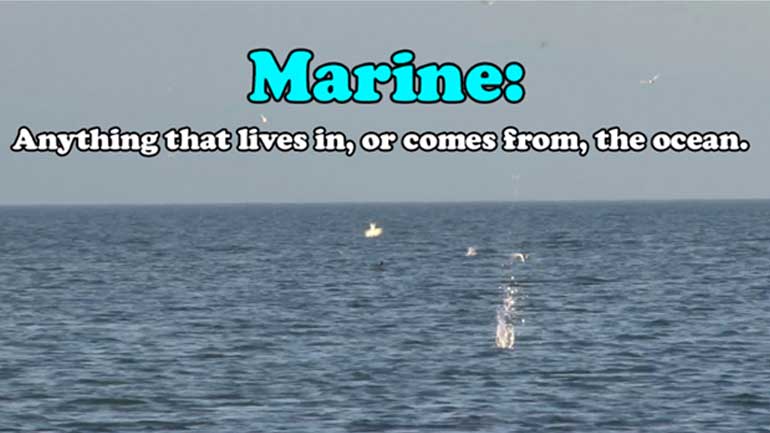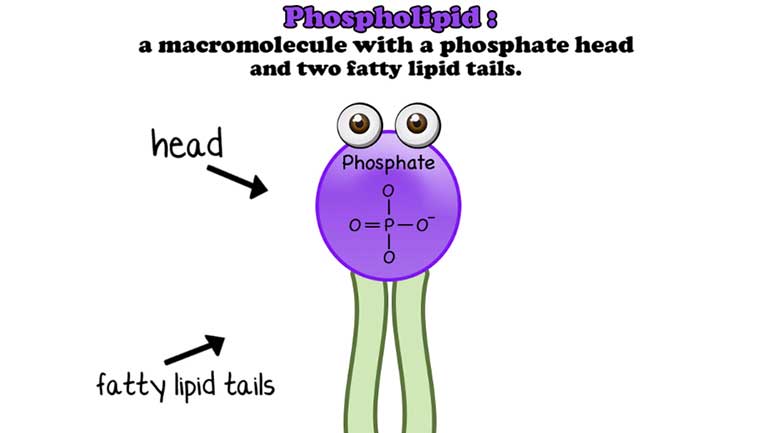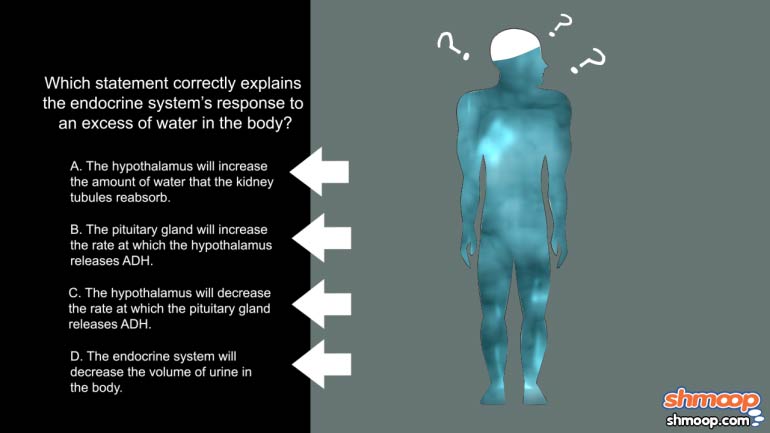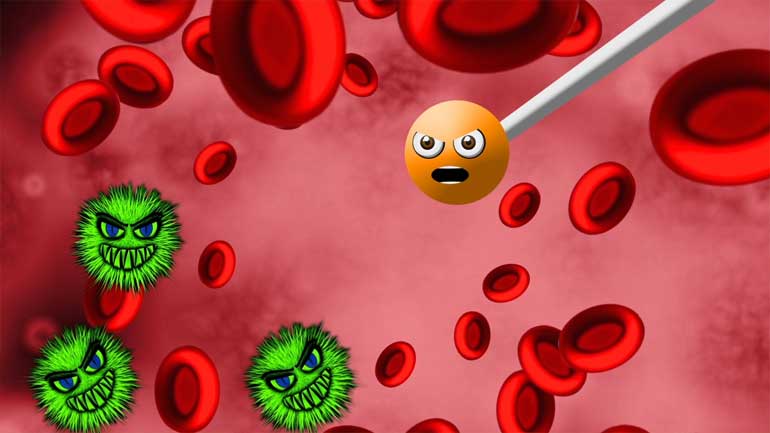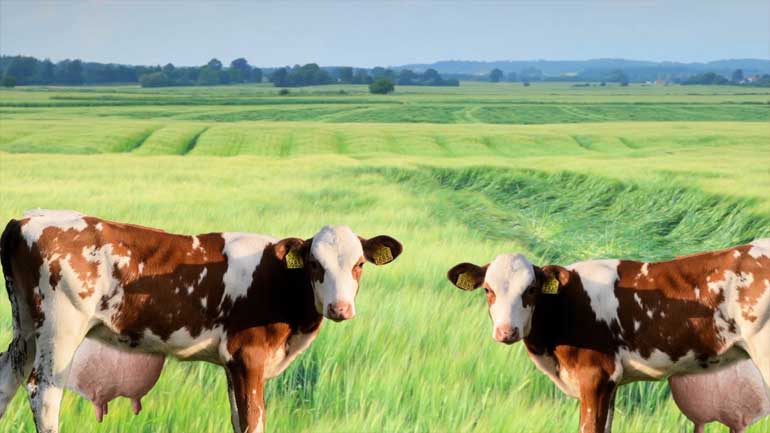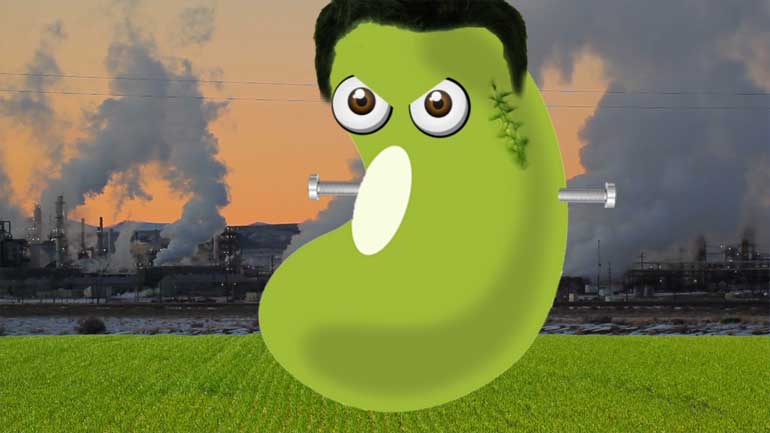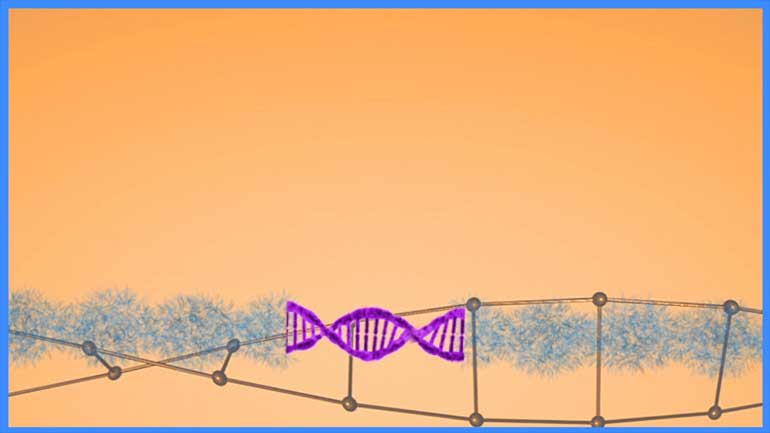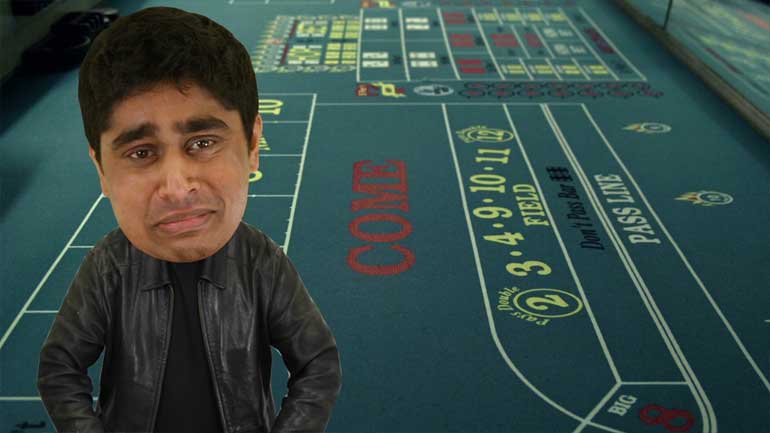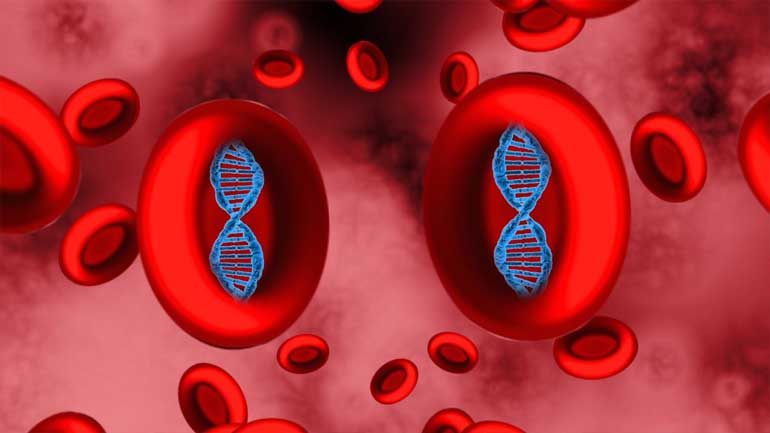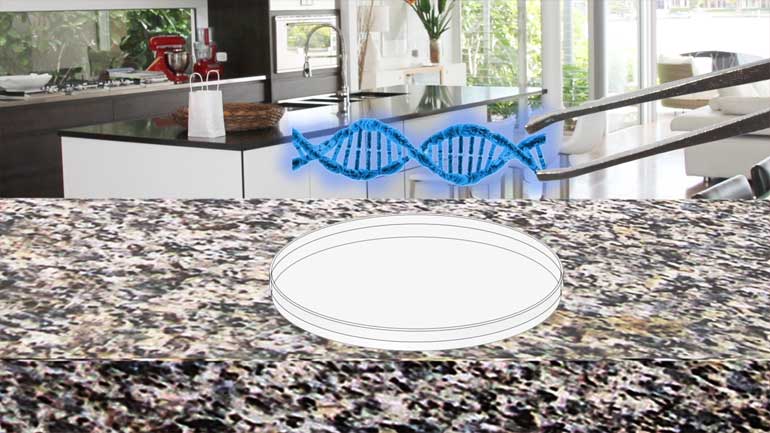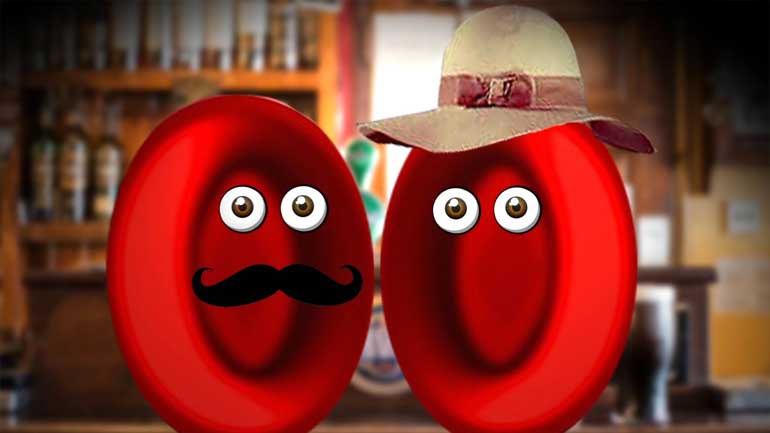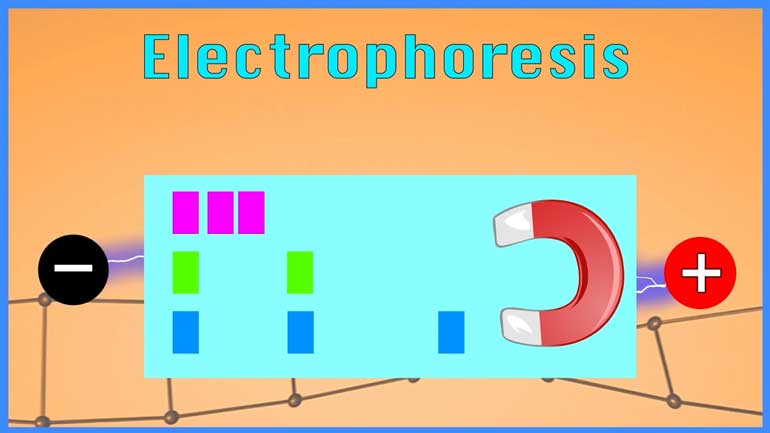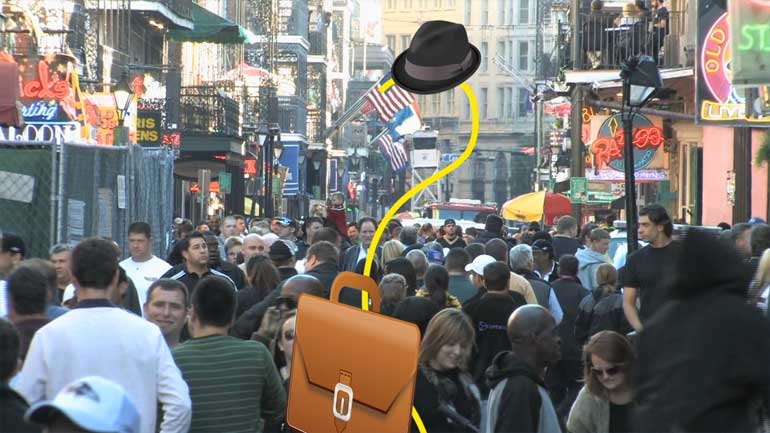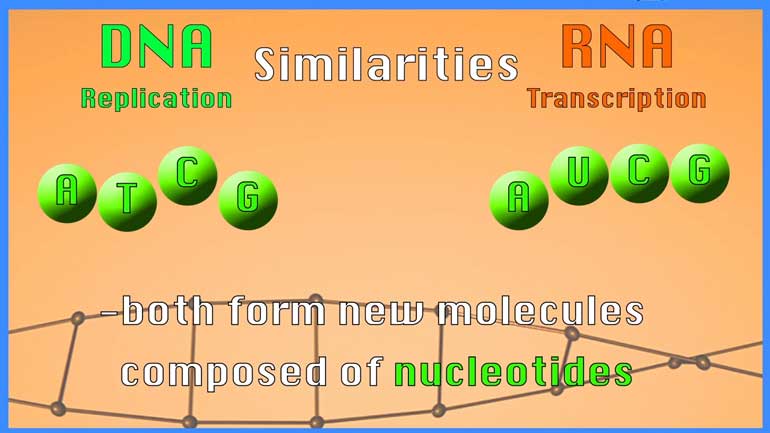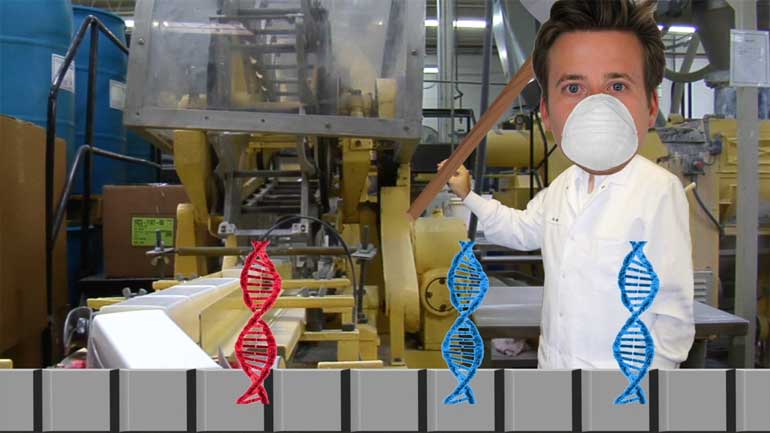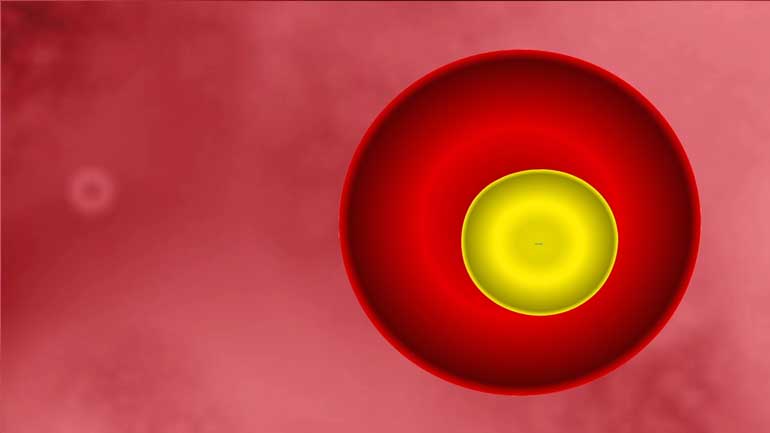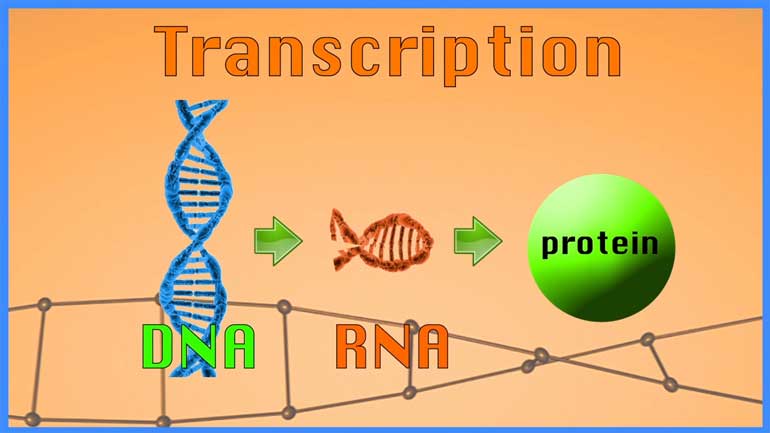ShmoopTube
Where Monty Python meets your 10th grade teacher.
Search Thousands of Shmoop Videos
Biology Videos 26 videos
In this video, we dive beneath the sea to review the kinds of interesting animals that live in the deep blue.
Anything that has a cell (bacteria, listen up!) has phospholipids that keep the cell contained and give it form and shape. Phospholipids protect us...
Molecular Genetics: DNA Extraction 313 Views
Share It!
Description:
In this video from our course on molecular genetics, learn all about DNA extraction.
Transcript
- 00:00
[ whoosh ]
- 00:01
We speak student!
- 00:03
[ whoosh ]
- 00:05
Molecular Genetics
- 00:06
DNA Extraction
Full Transcript
- 00:08
A la Shmoop
- 00:11
Okay, we're back with you in the land of biology
- 00:14
and we're gonna talk about DNA extraction
- 00:17
with Dr. Ruth Tennen here who is a guru on the subject.
- 00:19
So, Dr. Ruth, why would anyone want to
- 00:23
extract DNA in the first place?
- 00:26
What does that do for us?
- 00:27
Like, when I go to Vermont,
- 00:29
I understand why I want to extract maple syrup -
- 00:31
because it tastes good.
- 00:32
[ pop ] [ mm-mm ]
- 00:35
Why would anyone want to extract DNA?
- 00:38
A similar idea. So, maple syrup doesn't do you any good
- 00:40
- when it's in the tree. - Right.
- 00:41
Just like if you wanna study the DNA,
- 00:43
you should get it out of the cell.
- 00:44
So, tons of reasons you might wanna do this.
- 00:46
Let's say you wanna do some forensic testing.
- 00:49
So you found DNA at a crime scene
- 00:50
and you want -- you have a suspect, you gotta take his DNA.
- 00:52
You have to extract his or her DNA out of their cells and test it.
- 00:55
Same thing with genetic testing. You can't really sequence
- 00:58
or figure out what the sequence of DNA is
- 01:00
while it's in someone's cell.
- 01:01
So you have to burst open the cell, take out the DNA,
- 01:03
so you can study it and sequence it.
- 01:04
Wow, that's really cool.
- 01:05
So the obvious question is -
- 01:08
How do you extract DNA?
- 01:11
Can we buy a kit that does that for home use?
- 01:14
Well, you can buy a kit if you're in the lab.
- 01:16
Home use is actually super easy. Just use the kitchen ingredients.
- 01:19
There's just a few steps. So the first thing you have to do
- 01:21
is break open the cell.
- 01:22
And you can do that by grinding them.
- 01:24
You can often add detergent.
- 01:26
So, soap is something that will break up the [ indistinct ].
- 01:29
- Wait, go back. Grinding cells? - Yeah.
- 01:31
I'm thinking about the maize flour thing, so you take --
- 01:34
The mortar and pestle, yeah. That'll do it.
- 01:35
Wow. So, wait a sec. We've got dried blood
- 01:38
from the, I don't know, the guy who got shot.
- 01:40
And you, like, stick it in a bowl
- 01:42
and it dries and you pound it?
- 01:44
So, probably, if they were doing it in a lab,
- 01:46
they would not use that.
- 01:47
- They have, like, a little tube that'll do everything. - [ laughs ] Yeah, right. Understood.
- 01:49
But if you wanna take your cheek cells,
- 01:51
you basically could just slough them off using Gatorade
- 01:53
and then spit them in a tube
- 01:54
and they would kind of --
- 01:55
that sort of mechanical chewing would separate them a little bit.
- 01:58
Wow. That's gross and really cool at the same time.
- 02:00
- It's pretty awesome. - Yeah. Okay, keep going.
- 02:02
Sure, so, you've got your cells that you got out of your organism
- 02:06
- however you did. - [ laughs ]
- 02:07
And then you would add detergent and salt,
- 02:10
which basically breaks open the cell membrane
- 02:12
and the nuclear membrane.
- 02:13
So that'll kind of release the DNA.
- 02:15
The problem at that point is that the DNA
- 02:16
is still mixed up with all the other gunk in the cells.
- 02:19
And we say "release the membrane."
- 02:20
So, the membrane's like the skin around it.
- 02:22
Like a balloon or something? - Yup.
- 02:23
And that melts the skin and the goop inside, then,
- 02:26
kind of comes out.
- 02:27
Exactly. So the membrane is made up of phospholipids,
- 02:29
so, like, fats. And so, if you add detergent to that,
- 02:31
it'll break it up just like it'll break up grease on a plate.
- 02:35
Got it. Okay.
- 02:37
So then we've added rubbing alcohol --
- 02:40
- So that's the next step. Exactly. - Okay.
- 02:42
So you've got your DNA, but it's mixed in with
- 02:43
- all this other stuff in the cell that you don't want. - Mm-hmm.
- 02:45
And DNA has an interesting property where, if you add rubbing alcohol,
- 02:48
or even ethanol, it'll precipitate out of solution.
- 02:51
Which means that it will form a solid when it used to be in solution.
- 02:56
And that's because, like, the alcohol evaporates quicker or something
- 02:59
and what's left is porridge.
- 03:00
The way that I usually think about it is that
- 03:02
DNA likes to dissolve in water,
- 03:04
but it doesn't like to dissolve in alcohol.
- 03:06
So it's kind of, like, scared out of the water.
- 03:07
And when it hits the interface between the water and the alcohol
- 03:10
it kind of forms just a solid right there.
- 03:12
Huh. That's how Michael Phelps did it.
- 03:13
[ cheering ]
- 03:15
So then go through then -- so what happens?
- 03:17
Then the alcohol dries, and we stick the goopy stuff back in the water?
- 03:22
So, yeah, what you'd end up with is
- 03:24
you'd have, like, a little pellet of dried up DNA.
- 03:26
Which is also not useful,
- 03:27
because you ultimately need it to be in a liquid form
- 03:28
for most of the tests that you do.
- 03:30
So you just add some water, wait a little bit, heat it up,
- 03:32
and then it re-dissolves and you've got pure DNA in liquid form.
- 03:35
[ woo! ]
- 03:36
Wow, that's really cool.
- 03:38
It's pretty cool and it's really easy.
- 03:39
Especially if you do it with something like strawberries,
- 03:40
that have tons of DNA.
- 03:41
[ hey! ] [ groan ]
- 03:43
All right, well, kids, do try this at home.
- 03:45
Amaze and amuse your friends.
- 03:47
Okay, that's it. DNA extraction.
- 03:51
[ whoop ]
- 03:52
Why would anyone want to extract DNA?
- 03:55
How do you extract DNA?
- 03:59
[ hey! ]
Related Videos
In this video, we dive beneath the sea to review the kinds of interesting animals that live in the deep blue.
Anything that has a cell (bacteria, listen up!) has phospholipids that keep the cell contained and give it form and shape. Phospholipids protect us...
GMOs. Now that’s a scary word. Or is it? Guess it’s time to ask ourselves: WWMST? ...For those of us who don’t constantly ask ourselves “wh...
